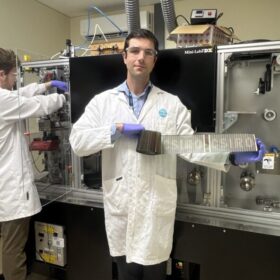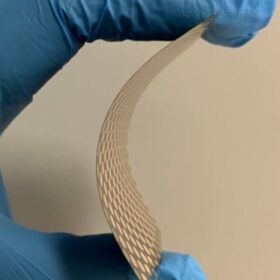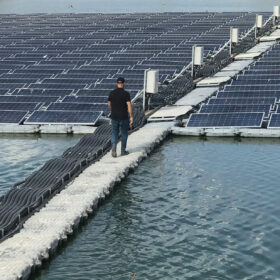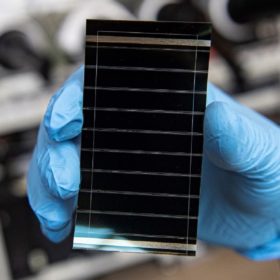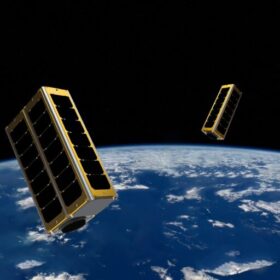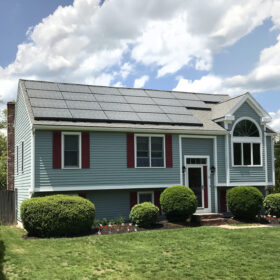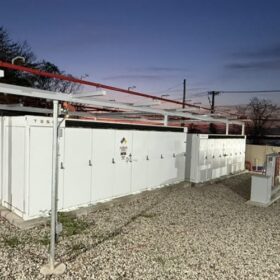Printed flexible solar cells for space applications
Printed flexible solar cell technology developed by Australia’s national science agency has been successfully launched into space as part of billionaire Elon Musk’s Space X’s Transporter-10 mission.
Cadmium telluride solar cell based on indium gallium oxide emitter achieves 17.2%
Developed by the University of Toledo, the cell achieved the highest efficiency ever reported for flexible cadmium telluride solar cells to date. The device reached an open-circuit voltage of 861 mV, a short-circuit density of 27.8 mA/cm2, and a fill factor of 71.7%.
All floating PV technologies at a glance
An international research team has produced a comprehensive overview of more than 300 works of published literature on floating PV, spanning 2013 to 2022. The scientists laid out the benefits and challenges of the technology and pointed to gaps that should be filled with future studies.
Sunrise brief: First Solar could have $5 billion impact on U.S. economy by 2026
Also on the rise: Arizona approves “discriminatory” charge on rooftop solar customers. California needs 10 GW of solar deployment in five years, 57.5 GW by 2045. And more.
Fully printable flexible perovskite solar cell achieves 17.6% efficiency
Developed by scientists in Canada, the 0.049 cm2 solar cell was built in ambient air fabricationand with a reactant known as phenyltrimethylammonium chloride (PTACl). It achieved an open-circuit voltage of 0.95 V, a short-circuit current density of 23 mA cm−2, and a fill factor of 80%.
Sunrise brief: California solar and storage project secures $1.1 billion
Also on the rise: Millions in government funding to advance batteries for planes, trains, and maritime transport. WeaveGrid, Toyota join forces to optimize EV grid charging in utility territories. And more.
Millions in government funding to advance batteries for planes, trains, and maritime transport
Arpa-e announced twelve research awards totaling $15 million to develop electric airplanes, electric railroads and ships servicing the continental U.S.
Sunrise brief: Debunking solar myths–solar is unreliable
Also on the rise: Rooftop solar has technical potential to meet 45% of U.S. electricity demand. Raising consumer confidence critical to energy transition. And more.
U.S. researchers develop perovskite solar mini-module with 19.21% efficiency
The scientists built the panel with perovskite solar cells treated with trifluoromethane sulfonate to combat iodide defects. The mini module reportedly achieved the highest efficiency ever recorded for its size to date, with the result being confirmed by the US National Renewable Energy Laboratory (NREL).
Merida Aerospace developing perovskite PV cells for space
Merida Aerospace, a U.S. aerospace company, is developing perovskite solar cells for low-Earth-orbit satellites. It says perovskite solar cells could be a more cost-effective and efficient option than traditional cells.
